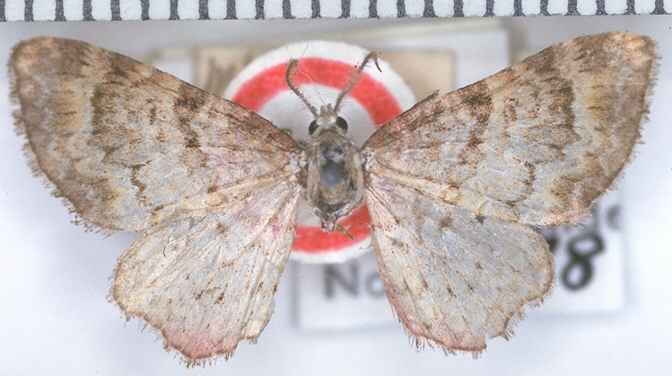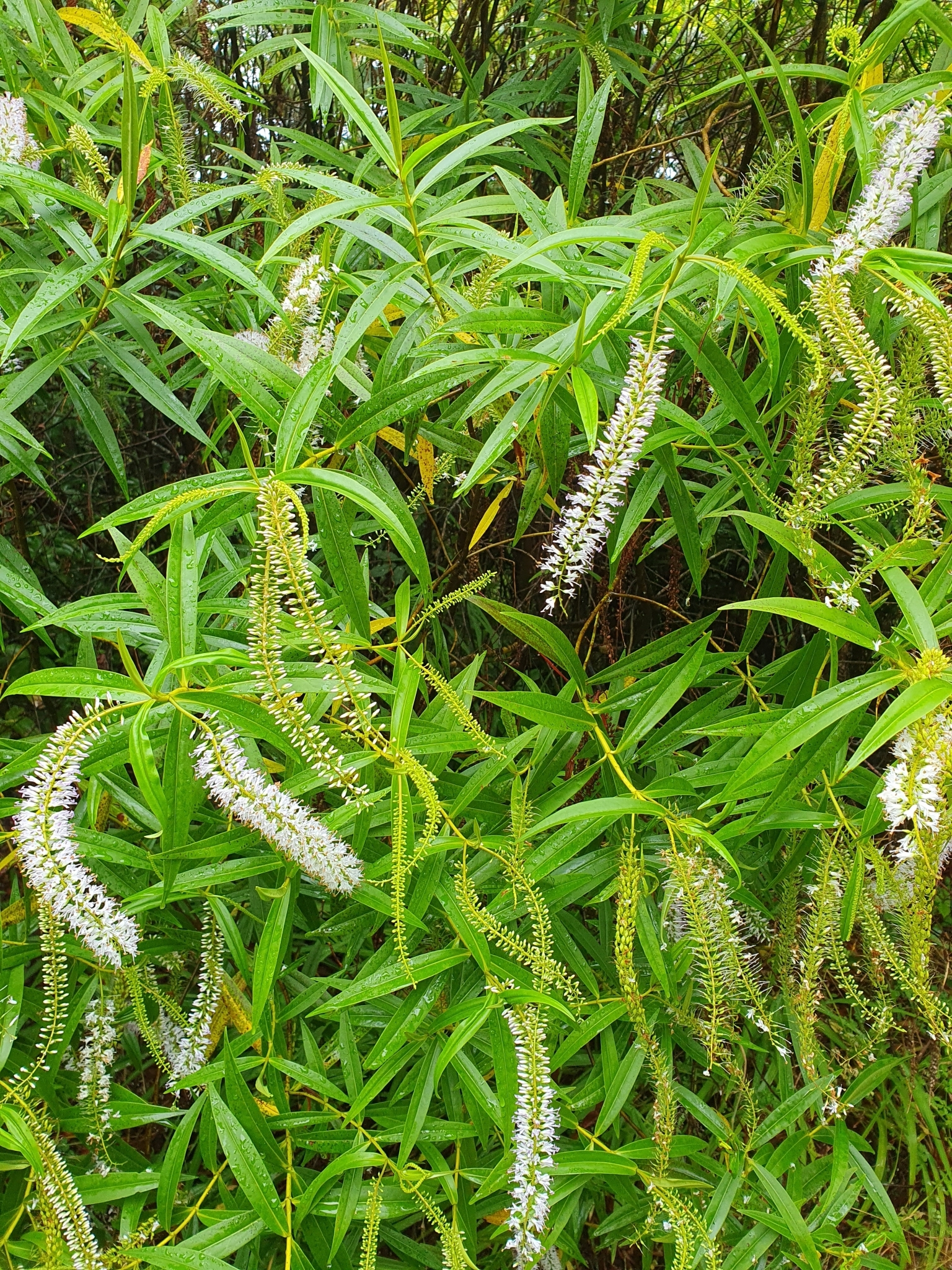|
Pasiphila
''Pasiphila'' is a genus of moths in the family Geometridae. As of 2005 about 36 species were known, and of these, some 27 are native to New Zealand.Viidalepp, J. and V. Mironov. (2005)''Pasiphila hyrcanica'' sp. n.(Geometridae, Larentiinae) – a new species from Azerbaijan and Iran. ''Nota Lepidopterologica'' 28(3-4) 193-201. Species *'' Pasiphila acompsa'' *'' Pasiphila aristias'' *'' Pasiphila bilineolata'' *'' Pasiphila charybdis'' *'' Pasiphila chloerata'' - sloe pug *'' Pasiphila coelica'' *'' Pasiphila cotinaea'' *'' Pasiphila debiliata'' *'' Pasiphila derasata'' *'' Pasiphila dryas'' *'' Pasiphila erratica'' *'' Pasiphila excisa'' *'' Pasiphila fumipalpata'' *'' Pasiphila furva'' *'' Pasiphila halianthes'' *'' Pasiphila heighwayi'' *''Pasiphila humilis'' *'' Pasiphila hyrcanica'' *'' Pasiphila kumakurai'' *'' Pasiphila lita'' *'' Pasiphila lunata'' *'' Pasiphila magnimaculata'' *'' Pasiphila malachita'' *'' Pasiphila melochlora'' *'' Pasiphila muscosata'' *'' Pasiphila ne ... [...More Info...] [...Related Items...] OR: [Wikipedia] [Google] [Baidu] |
Pasiphila Muscosata
''Pasiphila muscosata'', the emerald pug moth, is a moth in the family Geometridae. It is endemism, endemic to New Zealand and has been found in the North Island, North, South Island, South and Stewart Island / Rakiura, Stewart Islands. The larvae of this species are known to be present in January and live on ''Muehlenbeckia'' species including ''Muehlenbeckia australis.'' The larvae tends to be brown but it is variable in both colour and markings. The larvae of this species pupates in a loose cocoon on the ground and adult moths emerge in September. Adults are commonly on the wing until the following May. Although adults tend to be a deep emerald green colour this species is again variable and there is also an orange-yellow variety as well as intermediate forms. Adults are attracted to light and often rest during the day on tree trunks. Taxonomy This species was first described by Francis Walker (entomologist), Francis Walker in 1862 and named ''Eupithecia muscosata''. Walker u ... [...More Info...] [...Related Items...] OR: [Wikipedia] [Google] [Baidu] |
Pasiphila Erratica
''Pasiphila erratica'' is a moth in the family Geometridae. It is endemic to New Zealand New Zealand () is an island country in the southwestern Pacific Ocean. It consists of two main landmasses—the North Island () and the South Island ()—and List of islands of New Zealand, over 600 smaller islands. It is the List of isla .... Specimens were first collected at Bold Peak, in the Humboldt Ranges and the Hunter Mountains in the South Island. References External links * * Moths described in 1916 erratica Moths of New Zealand Endemic fauna of New Zealand Endemic moths of New Zealand {{Eupitheciini-stub ... [...More Info...] [...Related Items...] OR: [Wikipedia] [Google] [Baidu] |
Pasiphila Bilineolata
''Pasiphila bilineolata'' is a moth in the family Geometridae. It is Endemism, endemic to New Zealand and can be found in the North Island, North and South Islands. The species inhabits native forest and shrubland and the larvae feed on ''Hebe (plant), Hebe'' species. Adults are on the wing commonly from August to January but have been observed most months of the year and are attracted to light. Taxonomy This species was first described by Francis Walker (entomologist), Francis Walker in 1862 and named ''Eupithecia bilineolata''. Walker used a specimen collected by T. R. Oxley in Nelson, New Zealand, Nelson. In 1888 Edward Meyrick placed this species in the genus ''Pasiphila''. In 1898 and again in 1928 George Hudson (entomologist), George Hudson discussed and illustrated this species under the name ''Chloroclystis bilineolata''. In 1971 John S. Dugdale placed this species back in the genus ''Pasiphila''. In 1988 Dugdale confirmed this placement and also synonymised ''Chlorocly ... [...More Info...] [...Related Items...] OR: [Wikipedia] [Google] [Baidu] |
Pasiphila Aristias
''Pasiphila aristias'' is a species of moth in the family Geometridae. It was described by Edward Meyrick in 1897 and is endemic to New Zealand. This species is found in both the North and South Islands and inhabits subalpine and native forest. Adults are on the wing in December and January and are attracted to light. Taxonomy This species was first described by Edward Meyrick in 1897 and named ''Chloroclystis aristias''. George Hudson discussed and illustrated this species in both his 1898 and his 1928 books under that name. In 1971 John S. Dugdale placed this species in the genus ''Pasiphila''. In 1988 Dugdale discussed this species under the name ''Pasiphila aristias'' and in 2010 Robert Hoare in the New Zealand Inventory of Biodiversity followed this placement. The male holotype specimen, collected by George Hudson in a limestone valley at the foot of Mount Peel in the Mount Arthur tablelands at an elevation of about 4000 ft, is held at the Natural History Museum, Lond ... [...More Info...] [...Related Items...] OR: [Wikipedia] [Google] [Baidu] |
Pasiphila Chloerata
''Pasiphila chloerata'', the sloe pug, is a moth in the family Geometridae. It is found from Europe to the Amur Region and central Asia. The wingspan is . Adults are on wing from May to June. There is one generation per year. The larvae feed on ''Amelanchier'' and ''Prunus'' species (including ''Prunus padus'', ''Prunus virginiana'' and ''Prunus spinosa ''Prunus spinosa'', called blackthorn or sloe, is an Old World species of flowering plant in the rose family, Rosaceae. It is locally naturalized in parts of the New World. The fruits are used to make sloe gin in Britain and patxaran in B ...''). Larvae can be found from April to May. It overwinters as an egg. Subspecies *''Pasiphila chloerata chloerata'' *''Pasiphila chloerata bowringi'' (Prout, 1958) References External links ''Fauna Europaea'' [...More Info...] [...Related Items...] OR: [Wikipedia] [Google] [Baidu] |
Pasiphila Fumipalpata
''Pasiphila fumipalpata'' is a moth in the family Geometridae. It is endemic to New Zealand New Zealand () is an island country in the southwestern Pacific Ocean. It consists of two main landmasses—the North Island () and the South Island ()—and List of islands of New Zealand, over 600 smaller islands. It is the List of isla .... Description Males are long; females . Both genders are white, red, green, and grey. References External links * * Moths described in 1875 fumipalpata Moths of New Zealand {{Eupitheciini-stub ... [...More Info...] [...Related Items...] OR: [Wikipedia] [Google] [Baidu] |
Pasiphila Melochlora
''Pasiphila melochlora'' is a moth in the family Geometridae. It is endemic to New Zealand New Zealand () is an island country in the southwestern Pacific Ocean. It consists of two main landmasses—the North Island () and the South Island ()—and List of islands of New Zealand, over 600 smaller islands. It is the List of isla .... The larvae usually feed on New Zealand-native broom species, but have also been reported feeding on the foliage of '' Clianthus maximus''.E. K. CameronKakabeak under attack/ref> References External links * * Moths described in 1911 melochlora Moths of New Zealand Endemic fauna of New Zealand Taxa named by Edward Meyrick Endemic moths of New Zealand {{Eupitheciini-stub ... [...More Info...] [...Related Items...] OR: [Wikipedia] [Google] [Baidu] |
Pasiphila Acompsa
''Pasiphila acompsa'' is a moth in the family Geometridae. It was described by Louis Beethoven Prout in 1927. It is endemism, endemic to New Zealand and has been observed in mountainous locations in both the North Island, North and South Islands. Larvae of this species have been reared on plants within the Veronica (plant), Veronica genus. Adults are on the wing from December to February. Taxonomy This species was first described by Alfred Philpott in 1915 and named ''Chloroclystis modesta''. However the species name ''Chloroclystis acompsa'' was proposed by Louis Beethoven Prout as a replace name for the name given by Alfred Philpott which Prout regarded as being preoccupied by ''Chloroclystis modesta'' described by William Warren (entomologist), William Warren. In 1971 John S. Dugdale placed this species in the genus ''Pasiphila''. In 1988 John S. Dugdale discussed this species under the name ''Pasiphila acompsa'' and in 2010 Robert Hoare in the New Zealand Inventory of Biodive ... [...More Info...] [...Related Items...] OR: [Wikipedia] [Google] [Baidu] |



